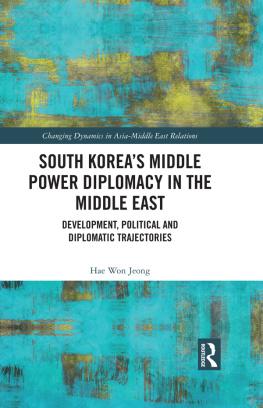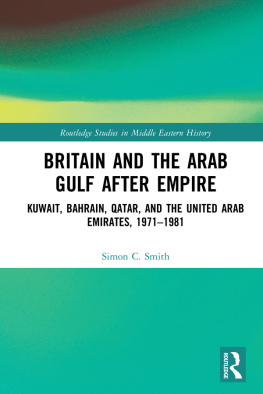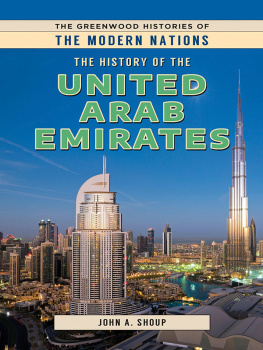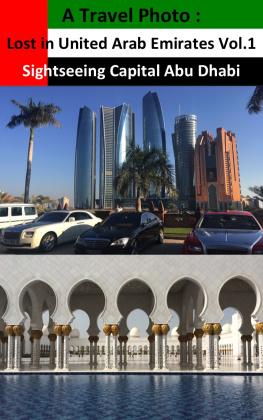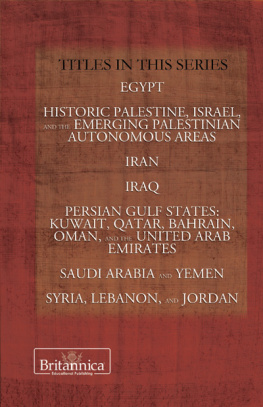Middle East Research Institute - United Arab Emirates (Routledge Revival)
Here you can read online Middle East Research Institute - United Arab Emirates (Routledge Revival) full text of the book (entire story) in english for free. Download pdf and epub, get meaning, cover and reviews about this ebook. year: 2015, publisher: Routledge, genre: Politics. Description of the work, (preface) as well as reviews are available. Best literature library LitArk.com created for fans of good reading and offers a wide selection of genres:
Romance novel
Science fiction
Adventure
Detective
Science
History
Home and family
Prose
Art
Politics
Computer
Non-fiction
Religion
Business
Children
Humor
Choose a favorite category and find really read worthwhile books. Enjoy immersion in the world of imagination, feel the emotions of the characters or learn something new for yourself, make an fascinating discovery.

- Book:United Arab Emirates (Routledge Revival)
- Author:
- Publisher:Routledge
- Genre:
- Year:2015
- Rating:3 / 5
- Favourites:Add to favourites
- Your mark:
- 60
- 1
- 2
- 3
- 4
- 5
United Arab Emirates (Routledge Revival): summary, description and annotation
We offer to read an annotation, description, summary or preface (depends on what the author of the book "United Arab Emirates (Routledge Revival)" wrote himself). If you haven't found the necessary information about the book — write in the comments, we will try to find it.
Middle East Research Institute: author's other books
Who wrote United Arab Emirates (Routledge Revival)? Find out the surname, the name of the author of the book and a list of all author's works by series.
United Arab Emirates (Routledge Revival) — read online for free the complete book (whole text) full work
Below is the text of the book, divided by pages. System saving the place of the last page read, allows you to conveniently read the book "United Arab Emirates (Routledge Revival)" online for free, without having to search again every time where you left off. Put a bookmark, and you can go to the page where you finished reading at any time.
Font size:
Interval:
Bookmark:


by Croom Helm
2 Park Square, Milton Park, Abingdon, Oxon, OX14 4RN
and by Routledge
711 Third Avenue, New York, NY 10017
The publisher has gone to great lengths to ensure the quality of this reprint but points out that some imperfections in the original copies may be apparent.
The publisher has made every effort to trace copyright holder and welcomes correspondence from those they have been unable to contact.
ISBN 13: 978-1-315-69755-0 (ebk)
UNITED ARAB EMIRATES

Croom Helm Ltd, Provident House, Burrell Row,
Beckenham, Kent BR3 1AT
Croom Helm Australia Pty Ltd, First Floor,
139 King Street, Sydney, NSW 2001, Australia
1. United Arab Emirates
1. MERI II. Series
953'.053 DS247.T85
ISBN 0-7099-3547-1
New Hampshire 03820. USA
Library of Congress Cataloging in Publication Data applied for.
Antony Rowe Ltd., Chippenham
Font size:
Interval:
Bookmark:
Similar books «United Arab Emirates (Routledge Revival)»
Look at similar books to United Arab Emirates (Routledge Revival). We have selected literature similar in name and meaning in the hope of providing readers with more options to find new, interesting, not yet read works.
Discussion, reviews of the book United Arab Emirates (Routledge Revival) and just readers' own opinions. Leave your comments, write what you think about the work, its meaning or the main characters. Specify what exactly you liked and what you didn't like, and why you think so.

